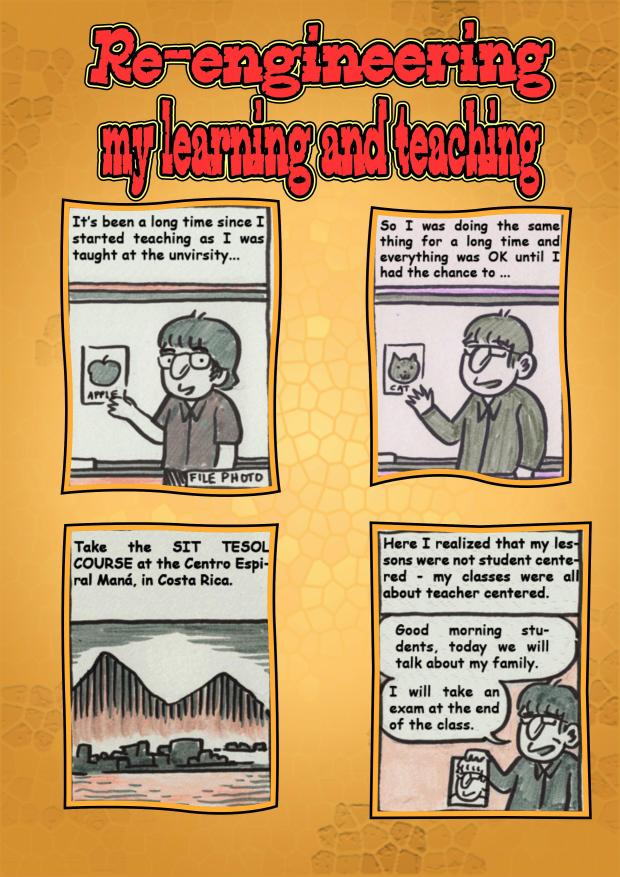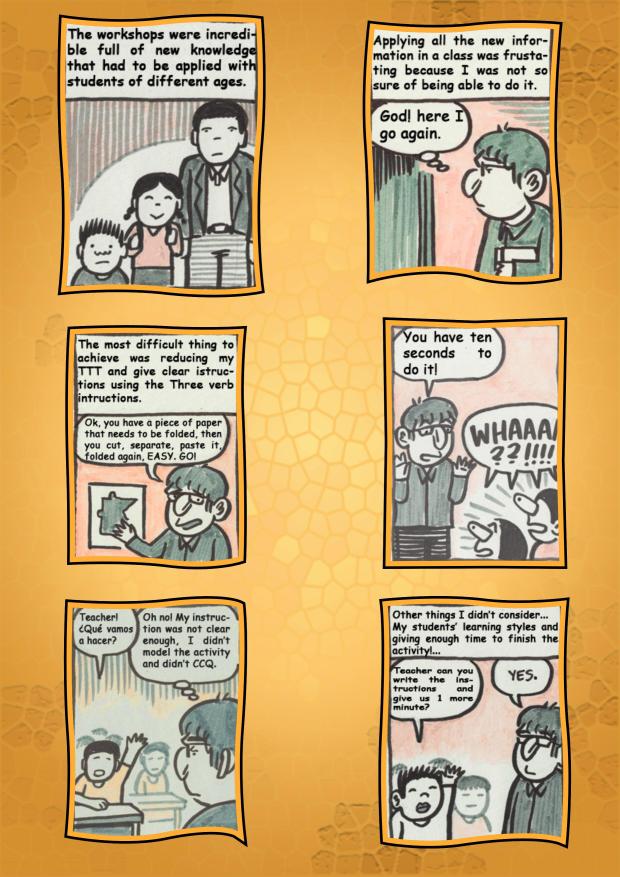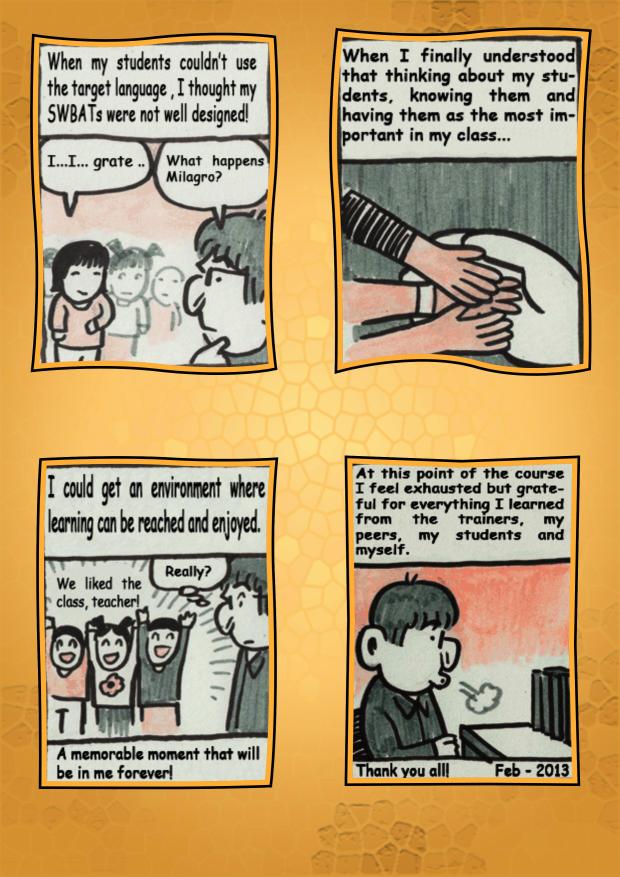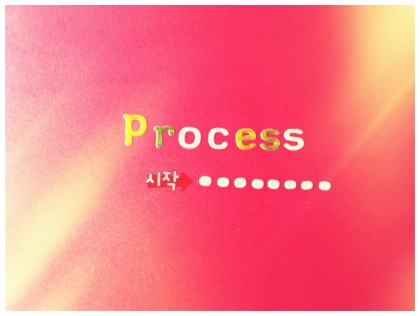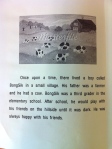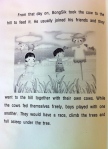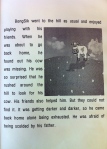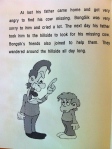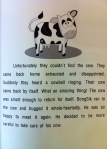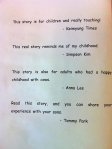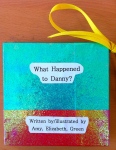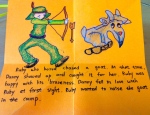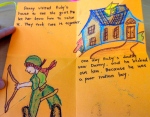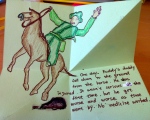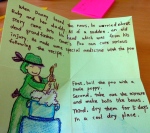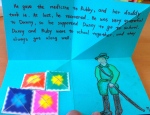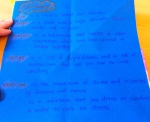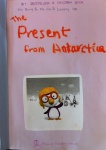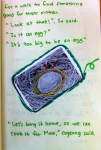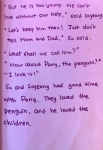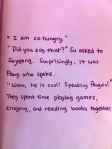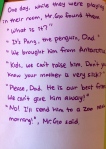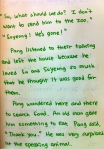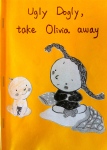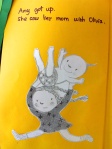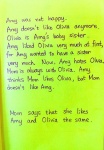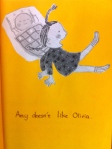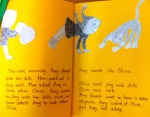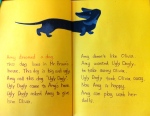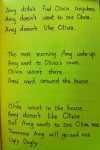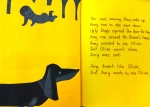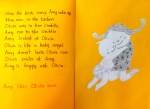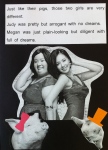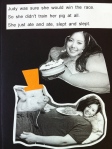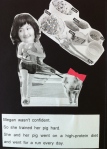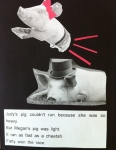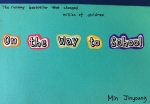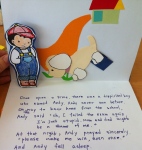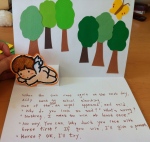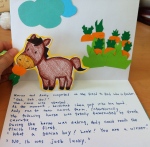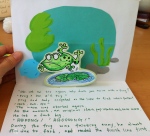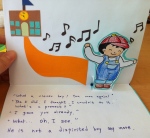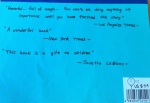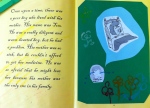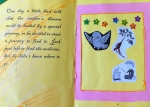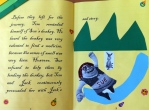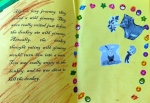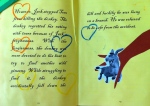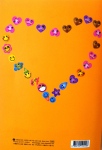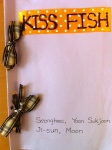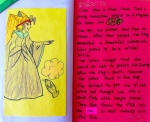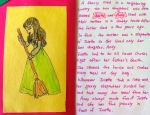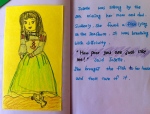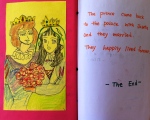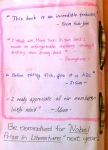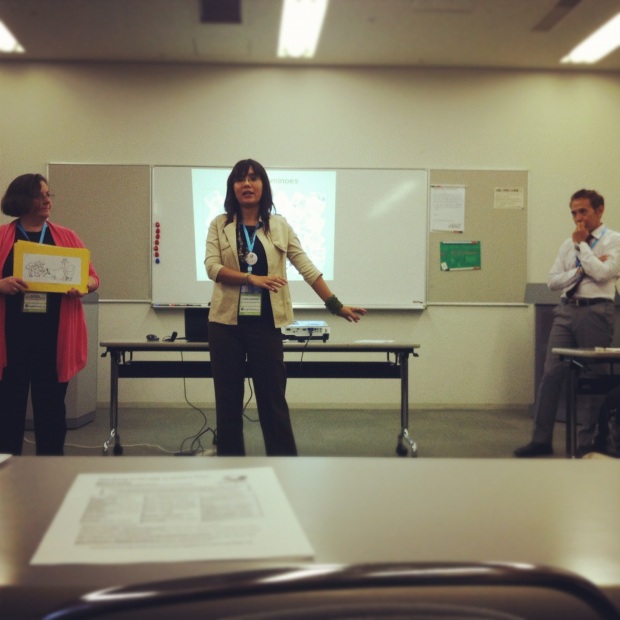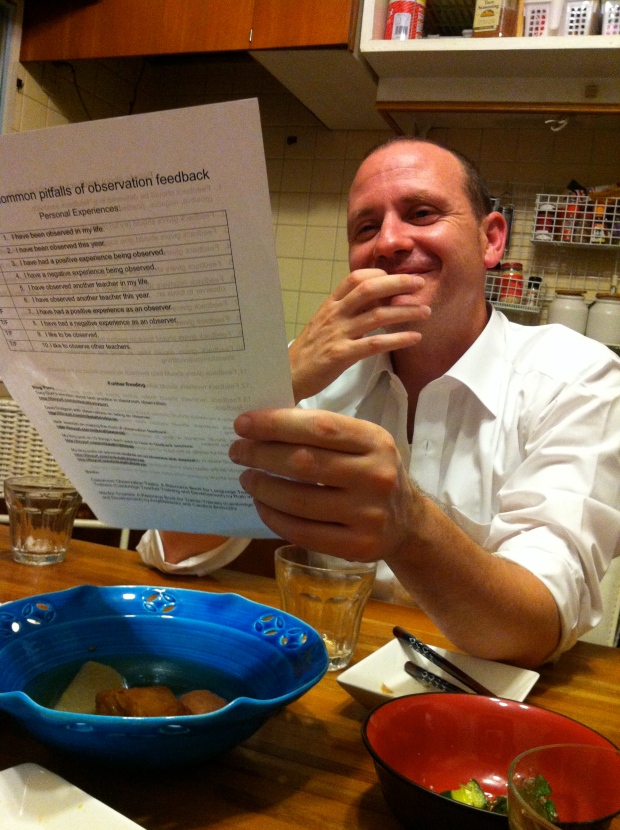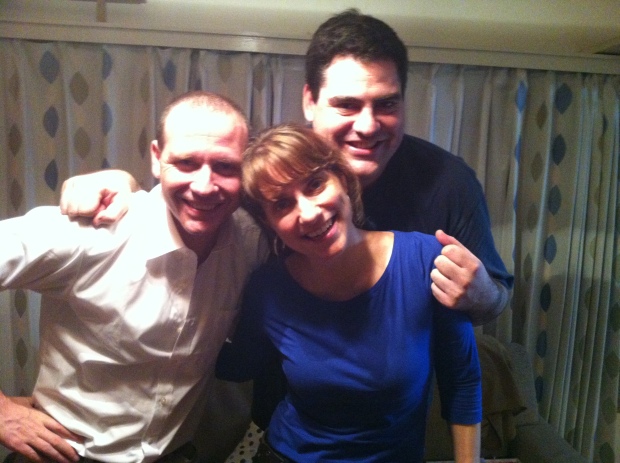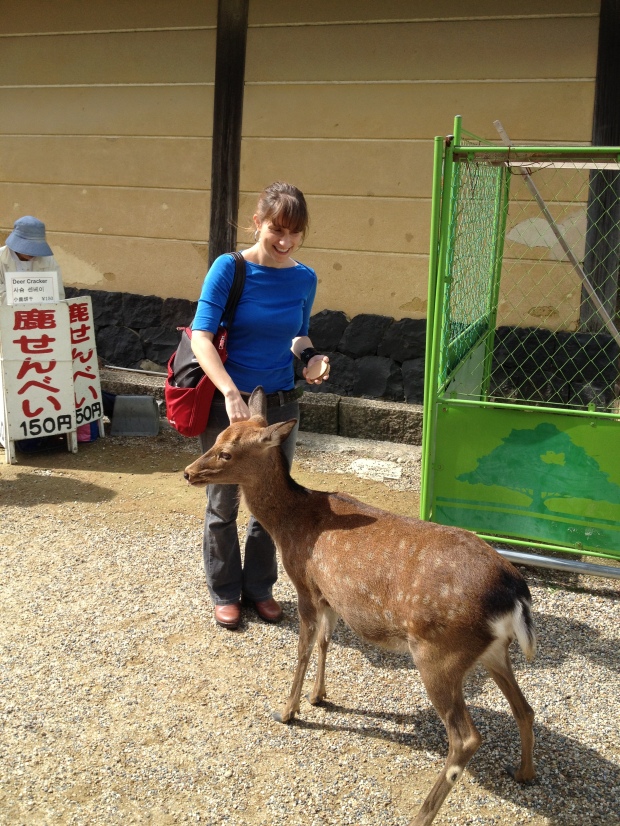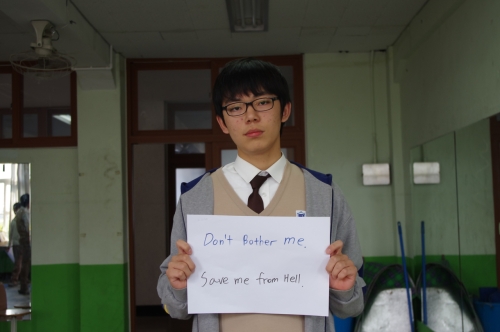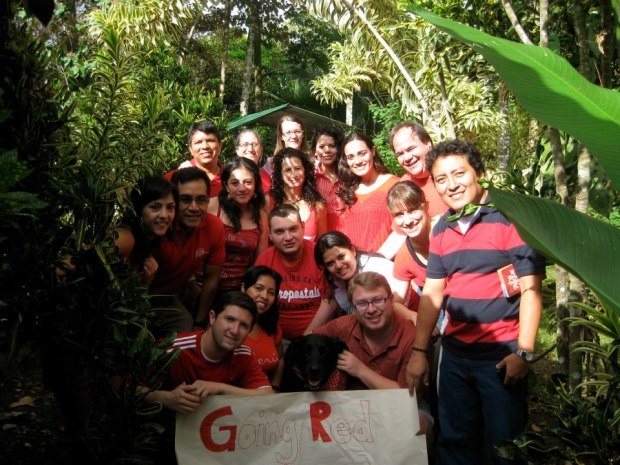
Fourteen teachers from Chile, Panama, Mexico, Honduras, Guatemala, Nicaragua, Peru and Costa Rica are at the Centro Espiral Mana in El Invu, Costa Rica working to achieve their goal of receiving the SIT TESOL certificate. We’ve been here for two weeks. My journey is different from theirs. I’m here training to be an SIT TESOL trainer. Training here has been a dream of mine for a few years now, and I’m happy to say that the experience stands up to that dream (see my last iTDi blog post to read more about this dream). I’m grateful for all the learning and would like to share a bit of it with you.
Looking back on my first week at Centro Espiral Mana, there are three sessions that stand out, and that have set the tone for my time here: Amanda Rossi’s session on ECRIF (Encounter, Clarify, Remember, Internalize, Fluently Use – a learning framework created by Mary Scholl, the founder and director of Espiral Mana, and Joshua Kurzweil); Roger Ramirez’ session on the experiential learning cycle (ELC); and Mary Scholl’s session on Compassionate Communication (see Nonviolent Communication/NVC). Not only have these sessions set the tone for me, but I now realize they are the foundation of the transformative process participants experience from day one at this center. The themes that run through all these sessions are a focus on the learner and learning, and an integration of this focus within the community of practice that is cultivated here. These themes hinge on the positive regard that each of these trainers hold for the participants and the content of this course.
“You are being ECRIFed.”
“You can ECRIF it.” – referring to other methodologies we may be familiar with.
“You’re going to ECRIF your ECRIF.”
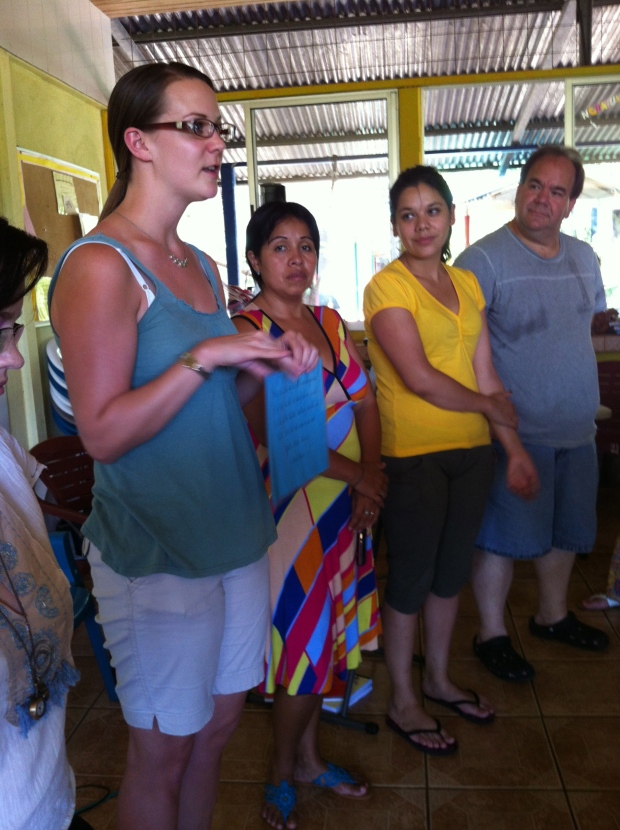
Experiencing Amanda’s processing/explanation of ECRIF (see chapter 2 and 3 in Understanding Teaching Through Learning) was when I realized the depth of this learning/teaching framework. It isn’t only about planning a language lesson; it’s a way to approach learning on a larger scale. As I type this, a tinge of embarrassment flows through me because it seems so obvious — but the fact is that it wasn’t. Yes, when I first studied this framework, I understood how this framework focuses on the learner, but for some reason my image of that learner was a student in a language classroom. Perhaps I just put ECRIF next to other frameworks such as PPP and PDP. These are frameworks that have long been promoted in language classrooms, but I have never made the connection between these and real life. Once Amanda said those quotes above, something clicked within me: ECRIF goes beyond the language classroom. It is a model for learning in general, and this is what we experience each day, almost each moment, at this center. We encounter new information. We try to fluently use it, and come back to a place where we have to try and consciously remember what we’re doing. We may internalize a few things, and at some we may come to a place where we can fluently use the skills we learned here. Unlike a language lesson, we won’t experience this within a 50-minute timeframe. Some of us may not even see the end of the ECRIF pattern until we have left these plush green surroundings. But some day, with enough doing and reflecting, we will finish the cycle, and of course begin it again when we encounter another experience. The cycle never truly ends.
“You’re becoming Deweys. You’ll become your own theorists.”
“You decide where you’re going. We just provide the container.”
“We try to create an environment where feedback is a gift.”
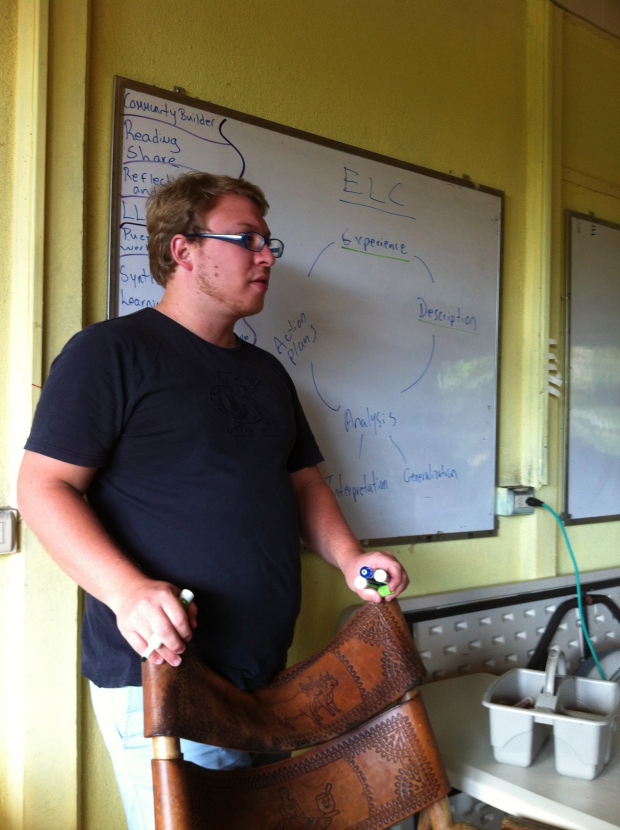
Roger’s ELC session was the missing link that I had been looking for quite some time. Hearing such confidence and wisdom behind these beliefs helped me understand what I had been so curious to see in action for the past five years. Coming out of my MA studies, and having done the online section of this training up process, I created my own ideas around reflection and the ELC. I tried my best to implement this into our teacher-training course back in Korea, but I always felt I fell short. Making the connection between what Roger was saying and the session on ECRIF, was eye-opening. The ELC gives us the tools to look at the learning process from a bird’s eye view: we hover above an experience, get a clear picture, and from here experiment with ways to swoop in. In this TESOL course, participants experience ECRIF from many different perspectives, and by taking these experiences through the ELC, they are able to create their own theories of learning and teaching. By combining these two frameworks, a transformative process of learning begins.
Roger also helped me see is that the ELC is part of everything that happens at this center – and this center is its community. When we integrate the ELC with community, this is when experience is celebrated and instigates real change. Participants explore their experiences by bouncing observations, theories and objectives off each other. Through meaningful and compassionate feedback, they learn to see themselves in new ways. The community helps them see things they couldn’t see before.
~ Seeing through the lens of compassionate communication ~
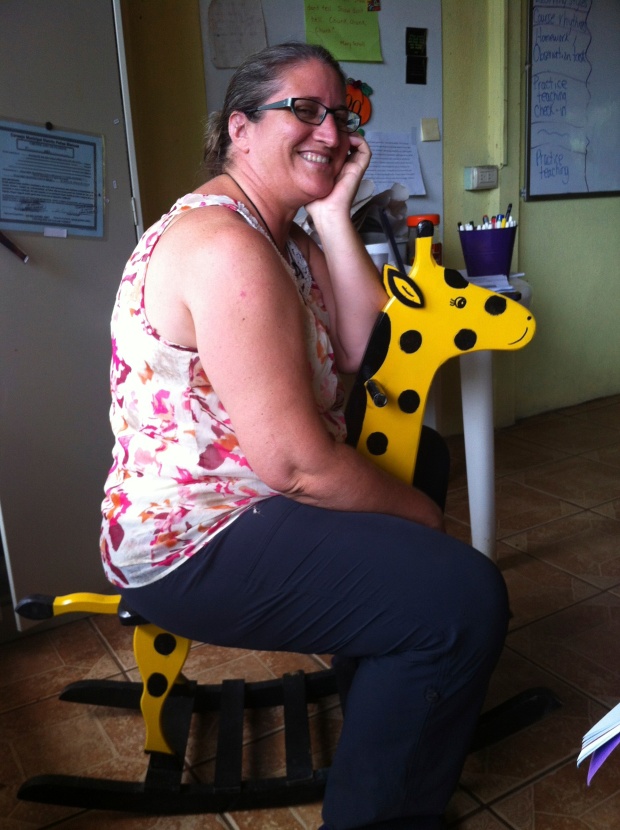
Mary’s session on compassionate communication was a sweet gift. My biggest reason for coming here was because I was curious to learn how she managed to integrate compassionate communication into teacher education. I saw glimpses of it in the first three days of this course: in the way Roger approached the education of this center; in the way Amanda helped me see the community of Espiral Mana; and in the way Mary spoke to participants. But when I saw how she connected the ELC to compassionate communication another light bulb went off. Because the participants had three days implicitly experiencing the ELC, I think connecting it to compassionate communication created a space for the participants to feel open to the concept. Having already experienced feedback on their teaching, and the empathy and positive regard with which trainers here facilitate the process, participants may have started seeing how compassion is part of the program at this center. As teachers, they also have a sense that being present to their students’ feelings and needs is an important part of teaching. However, they may not have had many opportunities to purposefully see through these lenses. They may not have been given these glasses. Mary gave them these glasses and has set up the space for compassion to come through all they experience here.
I’m excited about getting to the “F” of the learning that Amanda, Roger and Mary have scaffolded for me in these three moments and in all that they do. I am incredibly grateful for their guidance and support.
Related articles:
Carol Rodgers – Defining Reflection: Another Look at John Dewey and Reflective Thinking
Carol Rodgers – Seeing Student Learning



























